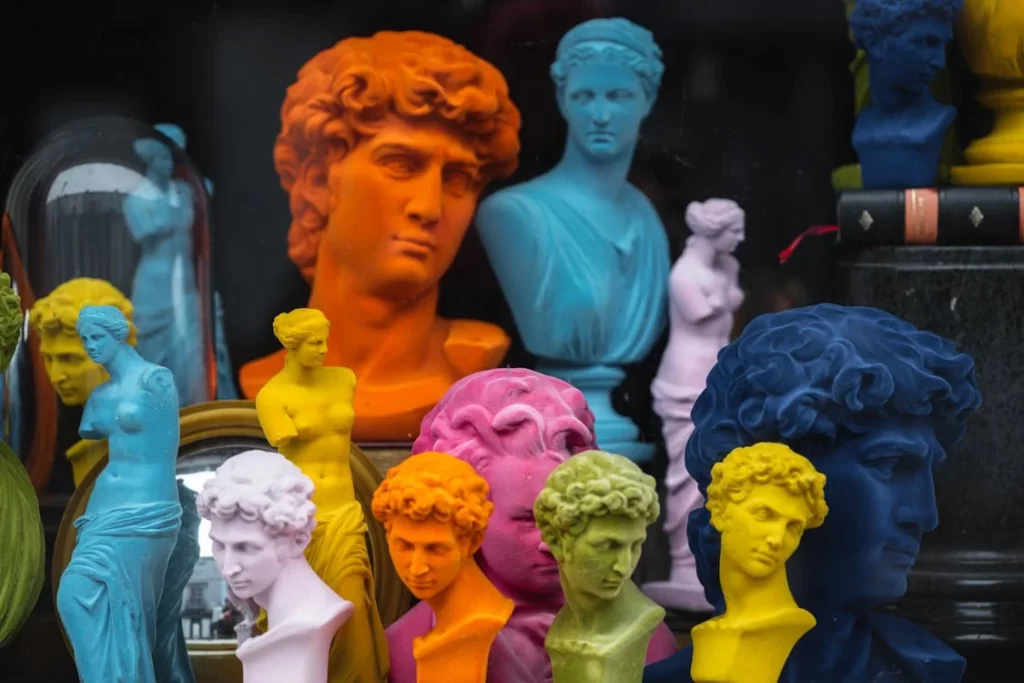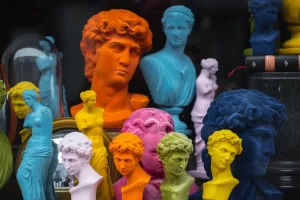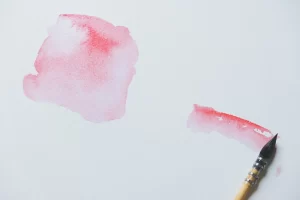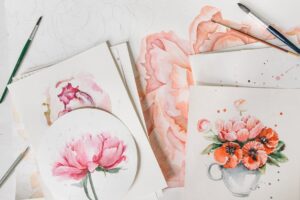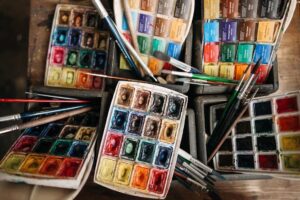Starting an art collection doesn’t have to be an expensive endeavor. With a bit of knowledge and strategic planning, you can curate a stunning, affordable art collection without breaking the bank. Here are some tips to help you get started.
1. Educate Yourself
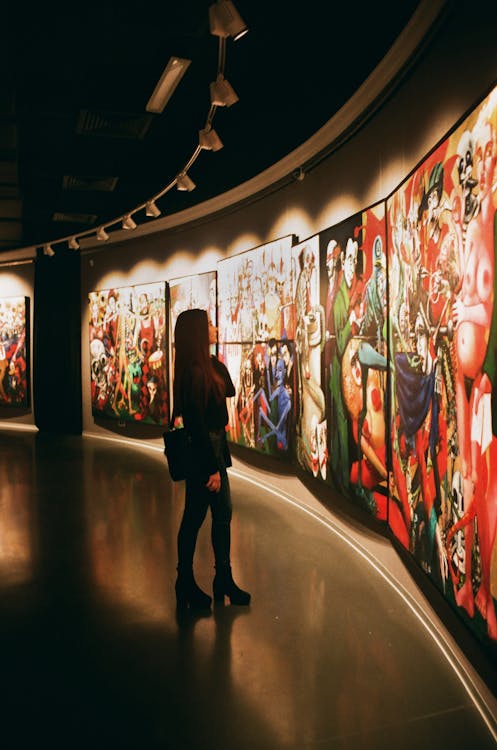
Before diving in, take some time to learn about art. Visit museums, galleries, and art fairs to immerse yourself in different styles and movements. Understanding the basics of art history and contemporary trends will help you identify what resonates with you. Additionally, there are plenty of online resources, including blogs, YouTube channels, and virtual museum tours, that can expand your knowledge.
Example: If you’re interested in modern art, study the works of artists like Andy Warhol and Jackson Pollock. Compare their styles to contemporary artists and see what elements you appreciate. This understanding will guide you in making more informed decisions about your purchases.
2. Set a Budget
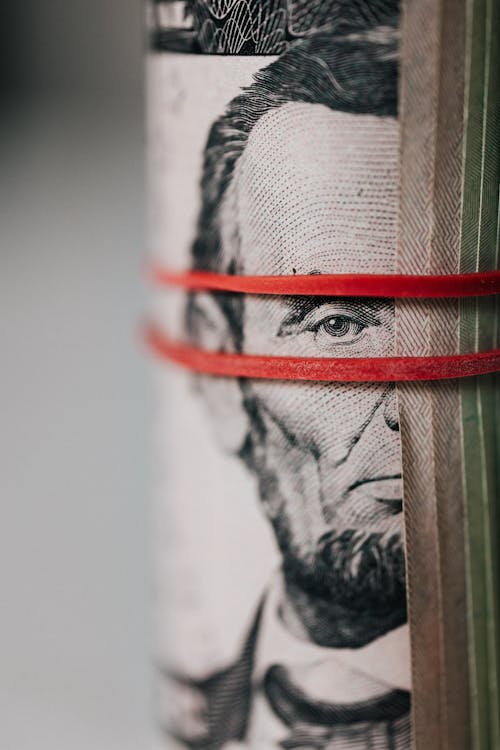

Decide how much you’re willing to spend on your budget-friendly art collecting. Setting a clear budget will help you stay focused and prevent overspending. Remember, you can always expand your collection over time. It’s better to start small and grow gradually than to overextend yourself financially.
Pro Tip: Allocate a portion of your budget to different categories of art. For instance, you might set aside a specific amount for prints, another for original works by emerging artists, and a bit more for occasional splurges on pieces you truly love.
3. Explore Emerging Artists
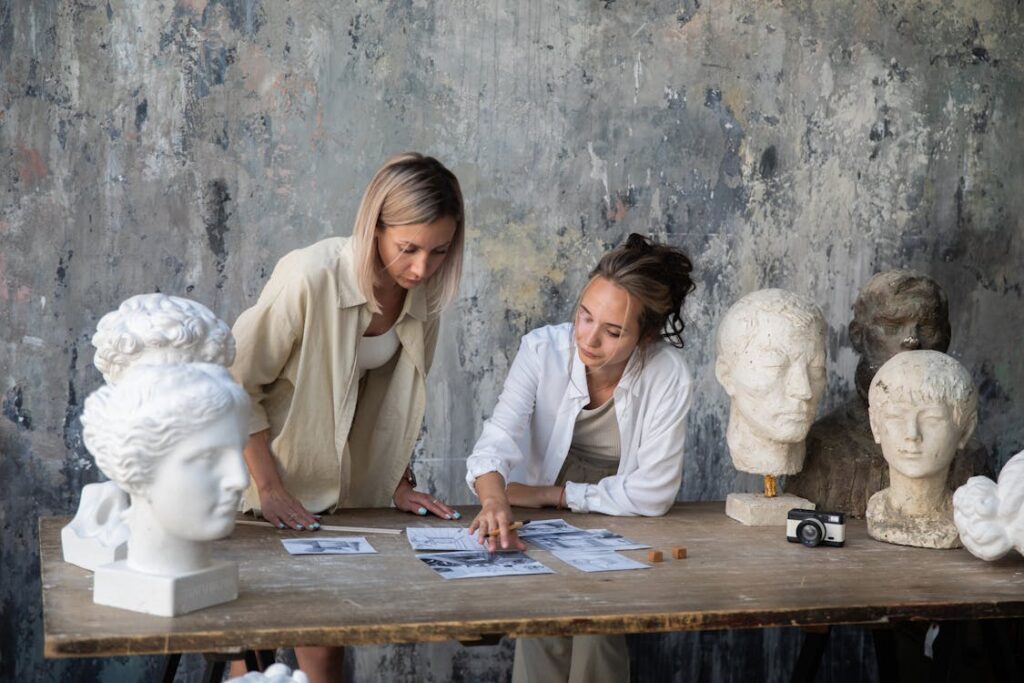

New and emerging artists often sell their work at more affordable prices. Attend local art school exhibitions, student art shows, and smaller galleries. These venues are fantastic places to discover fresh talent. Emerging artists are usually more approachable, and you might even get a chance to discuss their work with them directly.
Example: You could attend a local art school’s annual exhibition. Here, you might find an impressive piece from a graduating student that fits your budget. Not only will you get a unique artwork, but you’ll also support an artist at the start of their career.
4. Consider Prints and Multiples
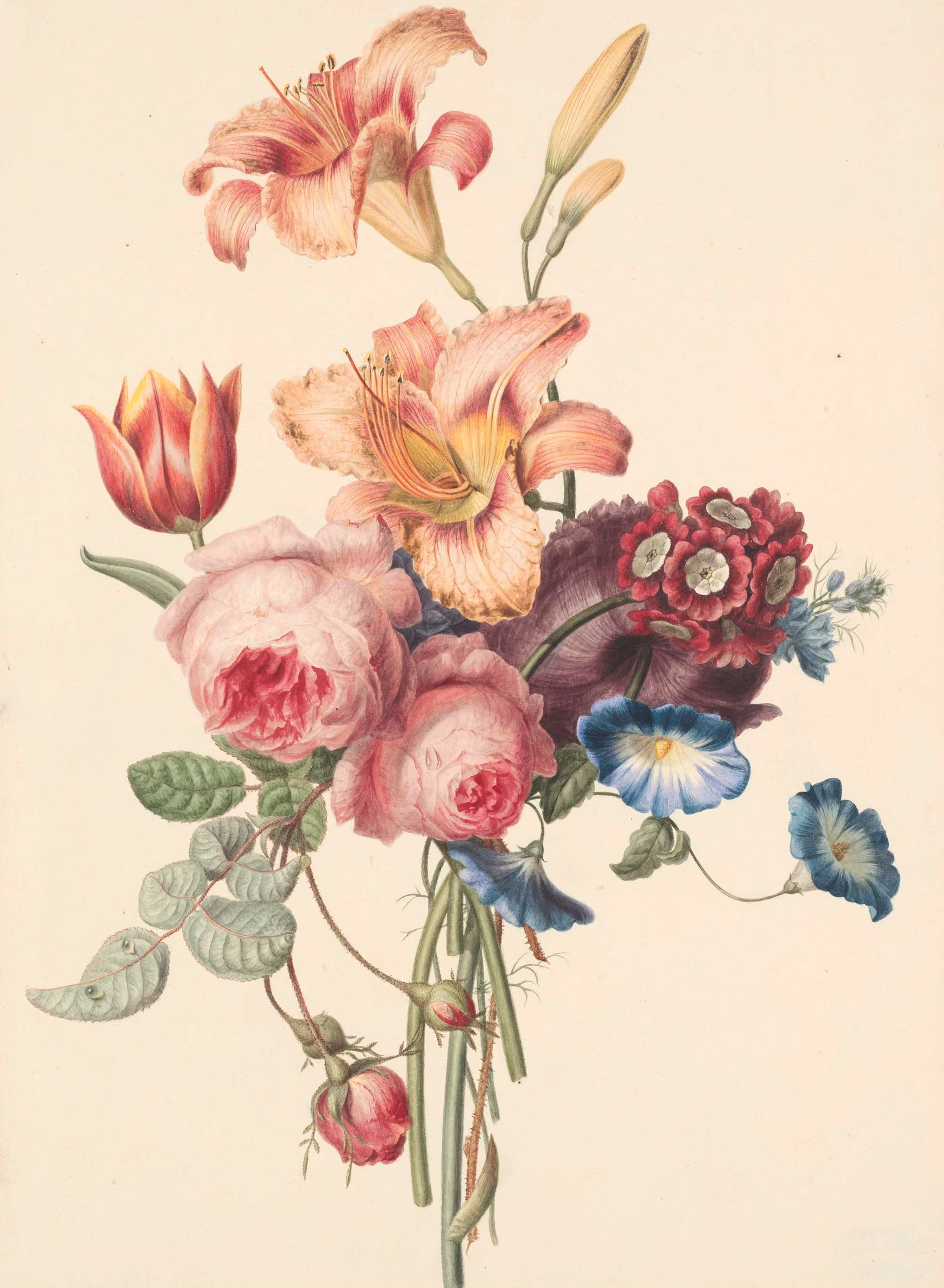
Limited edition prints, lithographs, and other multiples can be a cost-effective way to own work by established artists. These pieces are often more affordable than original works but still hold value. When buying prints, ensure they are signed and numbered by the artist, as this typically adds to their value and authenticity.
Pro Tip: Research artists who are known for their printmaking. For example, artists like Shepard Fairey and Banksy have made a significant impact with their prints, which are often more accessible than their original works.
5. Attend Art Fairs and Auctions
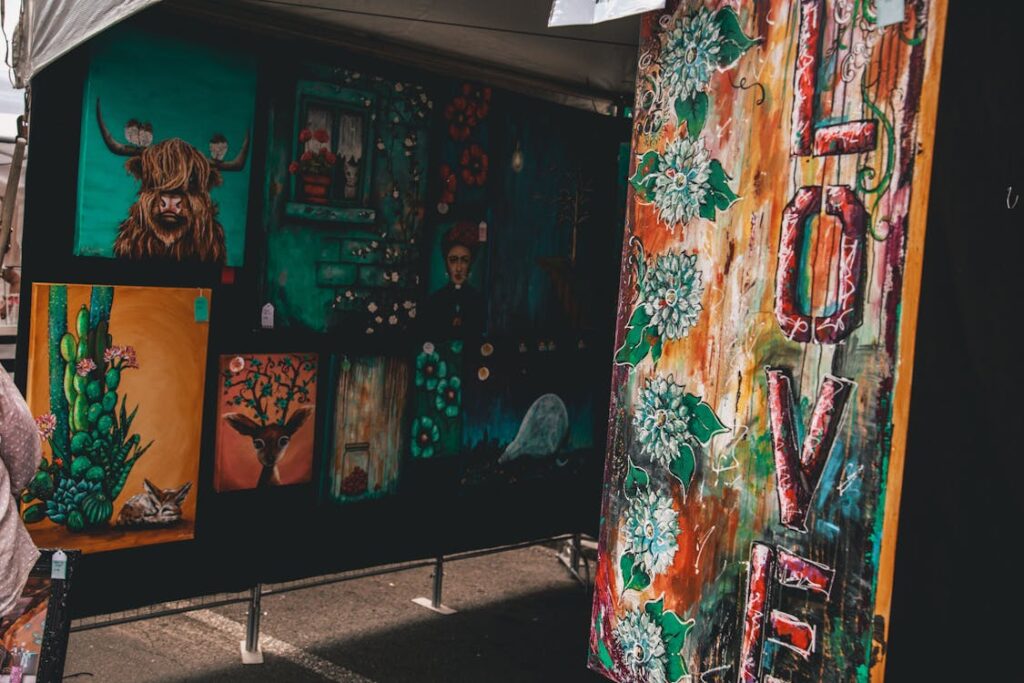

Art fairs and auctions can be great places to find deals. Many fairs feature a range of price points, and auctions can sometimes offer bargains, especially if you’re willing to bid on lesser-known artists. Knowing cheap art auction tips can help you get the best deals. Be sure to do your research beforehand; many auction houses provide catalogs or online previews of the works being sold.
Example: Attending an online auction might reveal affordable pieces from emerging artists. Websites like Invaluable and LiveAuctioneers offer access to various auctions where you can find artworks that fit your budget.
6. Buy Directly from Artists
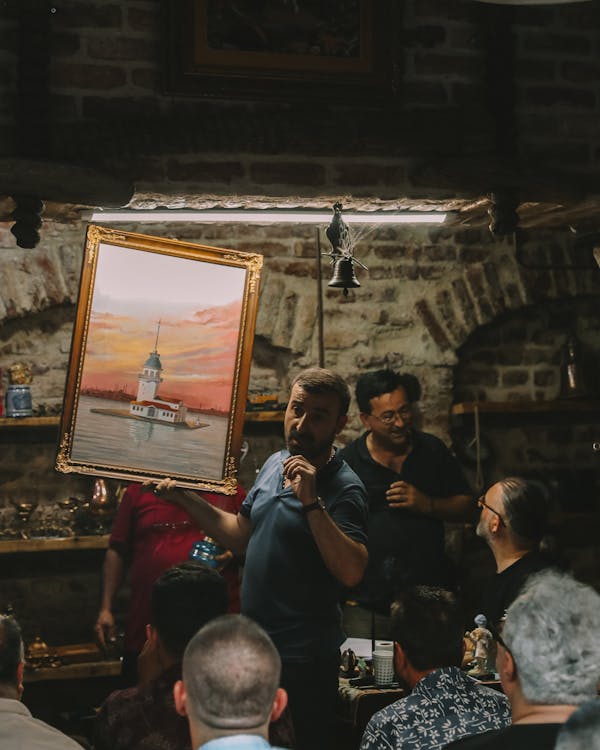

Buying directly from artists, either through their studios or websites, can sometimes be cheaper than purchasing through galleries. Plus, you get the added benefit of developing a personal connection with the artist. Many artists are happy to discuss their work, inspirations, and the stories behind their pieces, adding an extra layer of meaning to your collection.
Pro Tip: Follow artists on social media. Platforms like Instagram and Twitter are great ways to stay updated on their latest works, studio sales, and exhibitions. Artists often announce special deals or exclusive pieces available directly to their followers.
7. Use Online Marketplaces


Websites like Etsy, Saatchi Art, and Artsy offer a wide range of art at various price points. These platforms can be great for discovering new artists and finding affordable pieces. Exploring online art marketplaces can be a smart move for budget-friendly art collecting. Ensure you read reviews and check the authenticity of the seller before making a purchase.
Example: Browsing Etsy might lead you to a talented artist who sells original watercolors at reasonable prices. You can also find limited edition prints or digital art that fits your style and budget.
8. Be Patient and Strategic
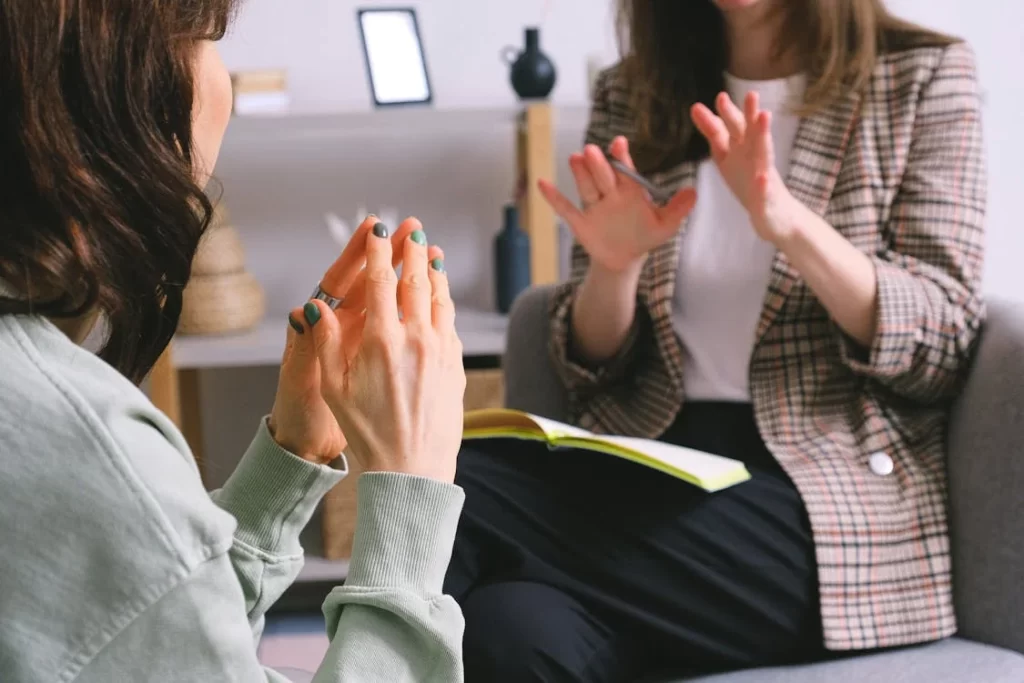

Building a collection takes time. Don’t rush into purchases. Instead, take your time to find pieces that you truly love and that fit within your budget. Patience is key; waiting for the right piece rather than making impulsive buys will result in a more cohesive and meaningful collection.
Pro Tip: Keep a wishlist or a collection plan. Note the artists, styles, or specific pieces you’re interested in, and monitor them over time. This way, you can make more strategic decisions and prioritize your purchases.
9. Mix High and Low
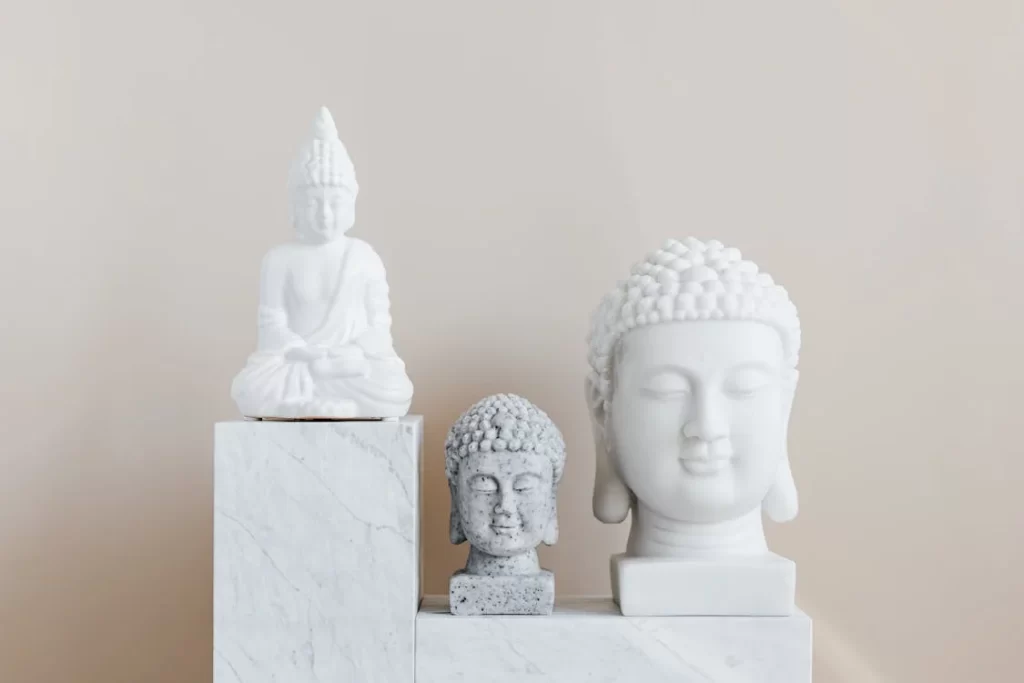

Don’t be afraid to mix more affordable pieces with occasional splurges. A well-curated collection often includes a variety of price points and styles. This diversity not only makes your collection more interesting but also allows you to appreciate different aspects of art without feeling constrained by budget.
Example: You might invest in a limited edition print from a well-known artist while also purchasing several original pieces from emerging artists. This approach adds both value and variety to your collection.
10. Trust Your Instincts
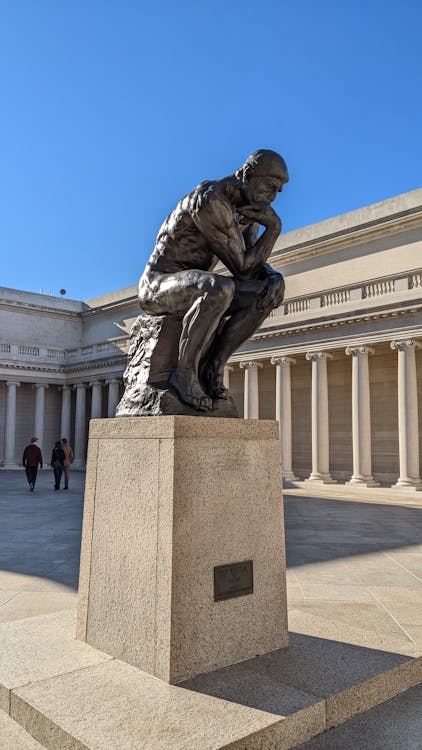

Ultimately, art is about personal connection. Trust your instincts and buy what you love. A collection that reflects your personal taste will always be more meaningful. Don’t be swayed by trends or the opinions of others; your collection should be a reflection of your unique aesthetic.
Pro Tip: When you encounter a piece that resonates with you, take a moment to consider why. Reflecting on what draws you to a particular work can help refine your taste and guide future purchases.
Additional Tips for Budget-Friendly Art Collecting
Network with Other Collectors Joining local art groups or online forums can provide valuable insights and tips from more experienced collectors. Networking with others who share your interest can lead to discovering new artists and learning about upcoming sales and exhibitions.
Attend Open Studios Many artists open their studios to the public a few times a year. These events are excellent opportunities to view a wide range of works and purchase directly from the artist. Prices are often more flexible, and you might find unique pieces that aren’t available elsewhere.
Take Advantage of Payment Plans Some galleries and online platforms offer payment plans that allow you to spread the cost of a piece over several months. This can make higher-priced works more accessible without straining your budget.
Look for Art in Unconventional Places Art can be found in many unexpected places, such as coffee shops, restaurants, and local markets. These venues often feature works by local artists at very reasonable prices. Keep an eye out for pieces that catch your eye in everyday settings.
Educate Yourself on Art Valuation Understanding what makes art valuable can help you make more informed decisions. Factors such as the artist’s reputation, provenance, condition, and rarity all play a role in determining value. Learning about these can prevent you from overpaying and help you identify good investments.
Conclusion
Starting an affordable art collection on a budget is entirely possible with the right approach. By educating yourself, exploring different avenues, and being strategic in your purchases, you can build a beautiful collection that brings you joy for years to come. Remember, the most important aspect of collecting art is the personal connection and satisfaction you gain from each piece. Happy collecting!

